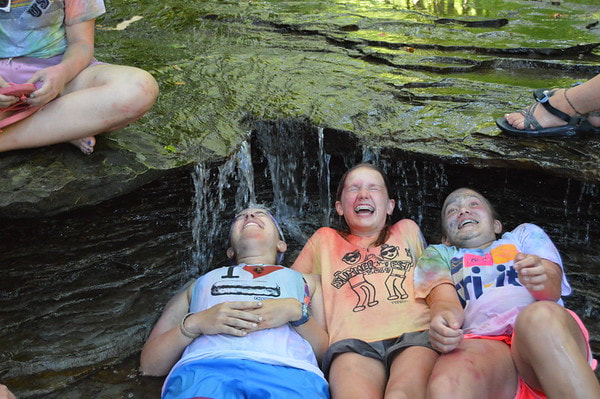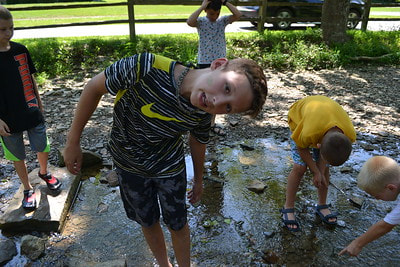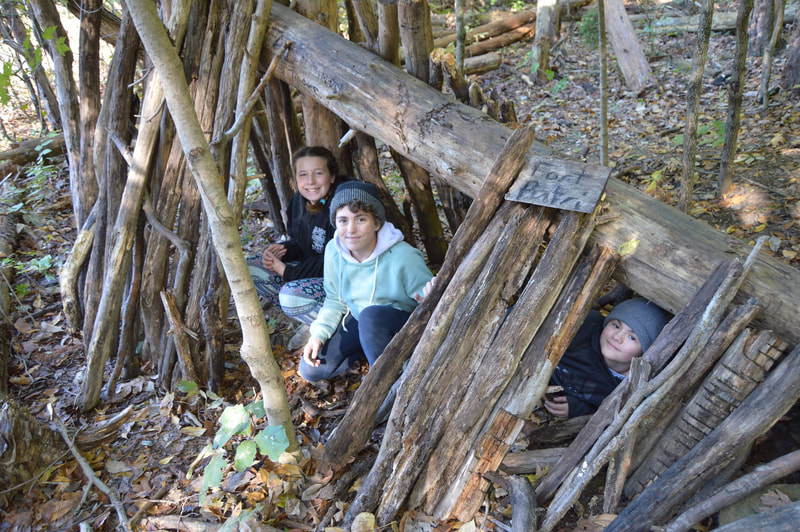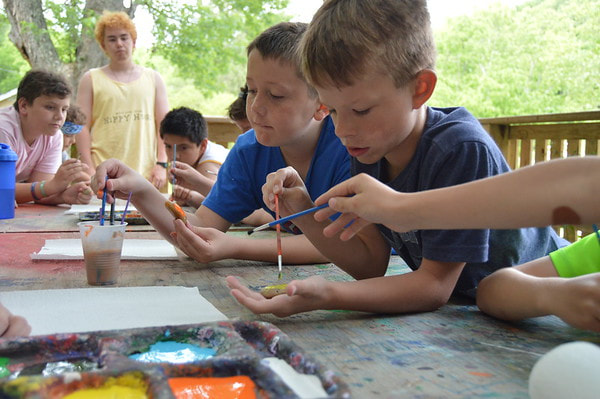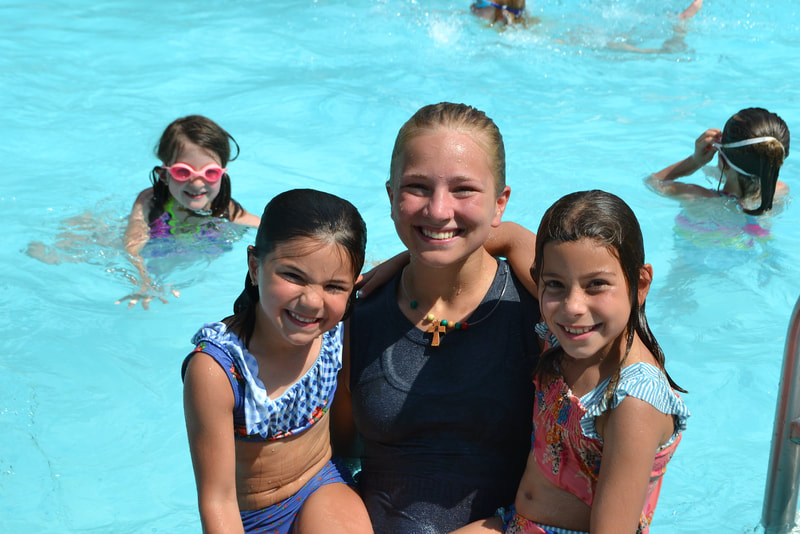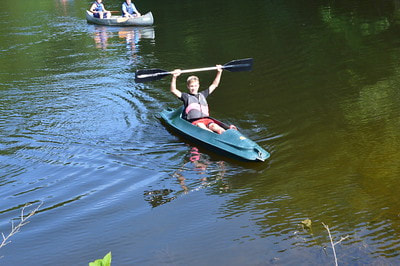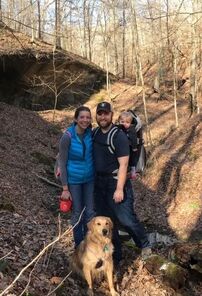
These last few weeks have certainly been trying times for many of us. This is unlike any challenge presented to our nation or our world for generations. We are stuck in our homes, unable to leave to go about our normal lives and routines, with only a walk around the neighborhood for any kind of consolation. Even the grocery store has become a place for caution.
I know for my family and I these weeks have been a time of stress, uncertainty, sickness, and fear. Right around the time Eric Holcomb, Indiana’s Governor, announced the stay at home order, our daughter began showing symptoms of a respiratory virus. Naturally, we assumed the worst. She was tested for a panel of known viruses, all of which came back negative. This meant that she had an unknown viral illness. Again, we assumed the worst for her and ourselves. I was diagnosed with Type 1 diabetes last year and asthma when I was 13, both of which put me at a higher risk of complications of COVID 19. I was plagued with so many dark thoughts, the worst of which, if something did happen to me, my daughter would not even remember me.
My daughter had a lot of rough nights when she was sick, so we were constantly in her room rocking her back to sleep. I remember one of these nights I was very upset so I spent some time in prayer and a deep peace came over me and I cannot help but reflect on that now during this most special week.
Pope Francis recently made a statement about Holy Week that feels very applicable during these strange times:
“Holy Week is a privileged time when we are called to draw near to Jesus: friendship with him is shown in times of difficulty.”
I would definitely say these times can be described as difficult, but as I sat with my daughter in my arms deep in a conversation with God, I was reminded of how blessed my life has been up to that point. I have had the opportunity to do, see, and experience so many amazing things in my short 33 years. I have gotten everything I really have ever wanted out of life, namely to do something I love, have some great adventures, get married and raise a family.
The most amazing part, however, is that I have been so blessed to have found a faith that defines who I am as a person. Everything I have been, am, and will become in this life has been gifted to me by God. This brought me to the realization that, no matter what happens, I can be abundantly and endlessly thankful for my life.
Although we are enduring difficult and uncertain times in our world, we are entering one of the most celebrated weeks in the Catholic Church – we are in the final days before we mourn the death and celebrate the rise of Christ. These most holy of days are a time for us to remember what an incredible blessing our lives are – how we should love and appreciate what we have, what we have been given, and those we love and love us. The Lord has promised good to us and will make good on his promise – this we can be especially reminded of in this season in the church and the season we find ourselves in now, spring.
As Martin Luther one said:
“Our Lord has written the promise of resurrection, not in books alone, but in every leaf in springtime.”
It is no coincidence that Easter falls during the season of spring. Just as new life is appearing in the natural world around us, this time in our faith is bringing new life into our spirits. This is, and should be, a great time of celebration for the abundance of life around us.
We all have so much to be thankful for. These times can and will be what we make of them. If we choose to sit indoors, in the dark, and focus on the negative aspects of our present circumstances, we can. But living in that joyless, fearful state is our own choosing. If, however, we choose to let these next weeks be our renewal, we may find that, even though we are facing a crisis unlike most of us have seen in our lifetime, we can come out the other side of this stronger, happier, and holier. I have made my choice. What do you choose?
Tom Gattuso
Program Director
I know for my family and I these weeks have been a time of stress, uncertainty, sickness, and fear. Right around the time Eric Holcomb, Indiana’s Governor, announced the stay at home order, our daughter began showing symptoms of a respiratory virus. Naturally, we assumed the worst. She was tested for a panel of known viruses, all of which came back negative. This meant that she had an unknown viral illness. Again, we assumed the worst for her and ourselves. I was diagnosed with Type 1 diabetes last year and asthma when I was 13, both of which put me at a higher risk of complications of COVID 19. I was plagued with so many dark thoughts, the worst of which, if something did happen to me, my daughter would not even remember me.
My daughter had a lot of rough nights when she was sick, so we were constantly in her room rocking her back to sleep. I remember one of these nights I was very upset so I spent some time in prayer and a deep peace came over me and I cannot help but reflect on that now during this most special week.
Pope Francis recently made a statement about Holy Week that feels very applicable during these strange times:
“Holy Week is a privileged time when we are called to draw near to Jesus: friendship with him is shown in times of difficulty.”
I would definitely say these times can be described as difficult, but as I sat with my daughter in my arms deep in a conversation with God, I was reminded of how blessed my life has been up to that point. I have had the opportunity to do, see, and experience so many amazing things in my short 33 years. I have gotten everything I really have ever wanted out of life, namely to do something I love, have some great adventures, get married and raise a family.
The most amazing part, however, is that I have been so blessed to have found a faith that defines who I am as a person. Everything I have been, am, and will become in this life has been gifted to me by God. This brought me to the realization that, no matter what happens, I can be abundantly and endlessly thankful for my life.
Although we are enduring difficult and uncertain times in our world, we are entering one of the most celebrated weeks in the Catholic Church – we are in the final days before we mourn the death and celebrate the rise of Christ. These most holy of days are a time for us to remember what an incredible blessing our lives are – how we should love and appreciate what we have, what we have been given, and those we love and love us. The Lord has promised good to us and will make good on his promise – this we can be especially reminded of in this season in the church and the season we find ourselves in now, spring.
As Martin Luther one said:
“Our Lord has written the promise of resurrection, not in books alone, but in every leaf in springtime.”
It is no coincidence that Easter falls during the season of spring. Just as new life is appearing in the natural world around us, this time in our faith is bringing new life into our spirits. This is, and should be, a great time of celebration for the abundance of life around us.
We all have so much to be thankful for. These times can and will be what we make of them. If we choose to sit indoors, in the dark, and focus on the negative aspects of our present circumstances, we can. But living in that joyless, fearful state is our own choosing. If, however, we choose to let these next weeks be our renewal, we may find that, even though we are facing a crisis unlike most of us have seen in our lifetime, we can come out the other side of this stronger, happier, and holier. I have made my choice. What do you choose?
Tom Gattuso
Program Director
